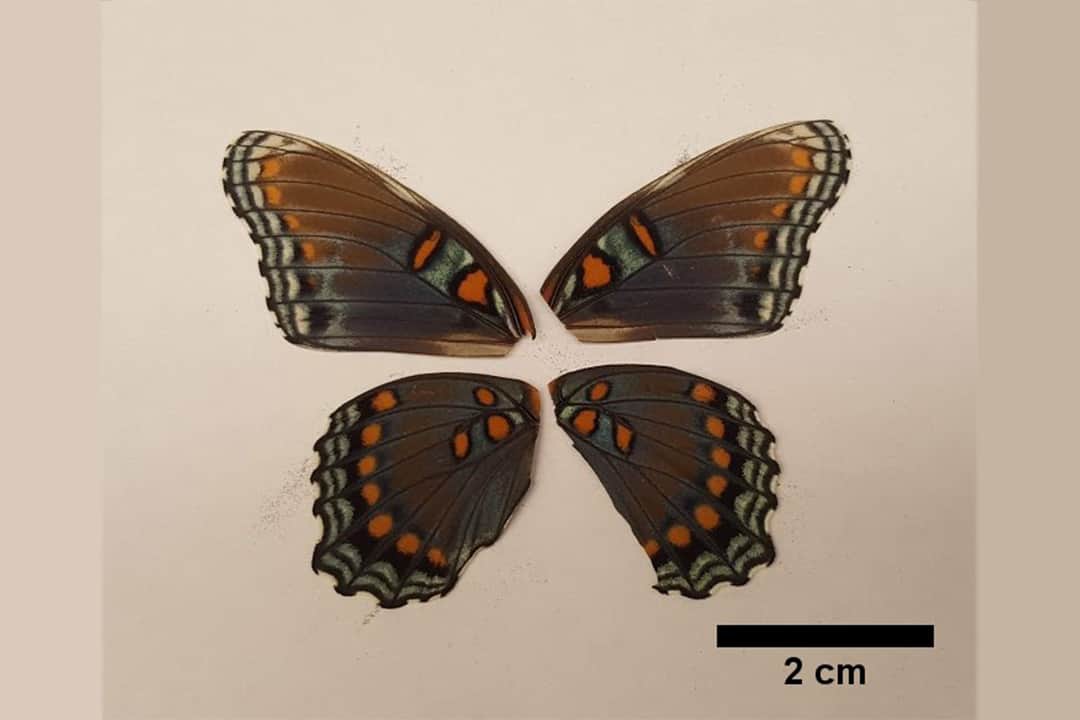In January, we asked three life science students at U of T to reflect on the personal significance their studies hold for them. Continuing with the theme, two more students offer their stories of wonder and passion from the perspective of the physical sciences, which is an umbrella term for studies of non-living matter, such as physics, chemistry, astronomy and geology.
Ungku Zoë Anysa: the stuff of stuff
Did you know that when plastic billiard balls were first made in place of ivory ones, they often exploded? Or that spider silk is five times stronger than steel?
What I love about materials science is that it is everywhere, in everything, and in every field: from heat-tech clothing, to military-grade bulletproof glass, to superconductors in MRI machines. My personal favourite would have to be biomimetic materials, materials inspired by nature to mimic properties such as the extreme resistance to water — or superhydrophobicity — found on butterfly wings. Superhydrophobic surfaces — try saying that three times fast — are used to make self-cleaning surfaces.
My decision to switch from biological physics to materials science in second year was solidified, pun intended, after reading Stuff Matters by Mark Miodownik. In this quirky book, the British materials scientist deciphered one photograph and all the material objects in it. Each chapter discussed each item’s history and brought new meaning to everyday material objects I encountered.
For the past two years, I have learned about the structures, properties, and functions of materials that exist and how to synthesize and characterize them. That journey has inspired me to become involved in the material science community, including being the president of the Materials Chemistry Student Union.
My program allows me to take courses in the Faculty of Arts & Science as well as engineering, so I’m often asked about the difference between my program, materials science, and the associated department in the Faculty of Applied Science & Engineering, the Department of Materials Science & Engineering (MSE).
I have found that my courses from the Department of Chemistry provide me with the building blocks needed to understand why materials behave the way they do at the atomic level, whereas my MSE courses utilize those foundational principles to innovate materials and to discover new ones.
Rushil Dave: the quest to discover how things work
When I built a medieval castle for my grade four science project, I didn’t care about how we know what we know, simply because it required too much effort. It might’ve landed me a better mark if I had tried to do so. Nevertheless, this project ignited my passion for attempting to understand how the world around us works, which I believe to be the essence of physics and chemistry.
Learning about chemistry and quantum physics further spurred me toward this abstract idea because the substance of these subjects seemed so far from reality as we experience it. We can’t ‘touch’ individual atoms or ‘see’ the passage of time, and the fact that these things are the way they are further broadens the mysteries of the world as we know it.
I quickly realized that my will to learn about the world wasn’t enough to see my dreams come to fruition. I needed to gain some practical experience to see for myself how processes work. Thus, after many failures in UTSCʼs science wing, I became a chemistry research assistant to do exactly that.
It is my constant failure combined with my unwavering determination to solve the mysteries of the world that make the physical sciences so significant to me. How do we know when we don’t know something? The answer may seem simple at first glance: “you can’t explain it.” However, how do we know we can’t explain something until we try?


